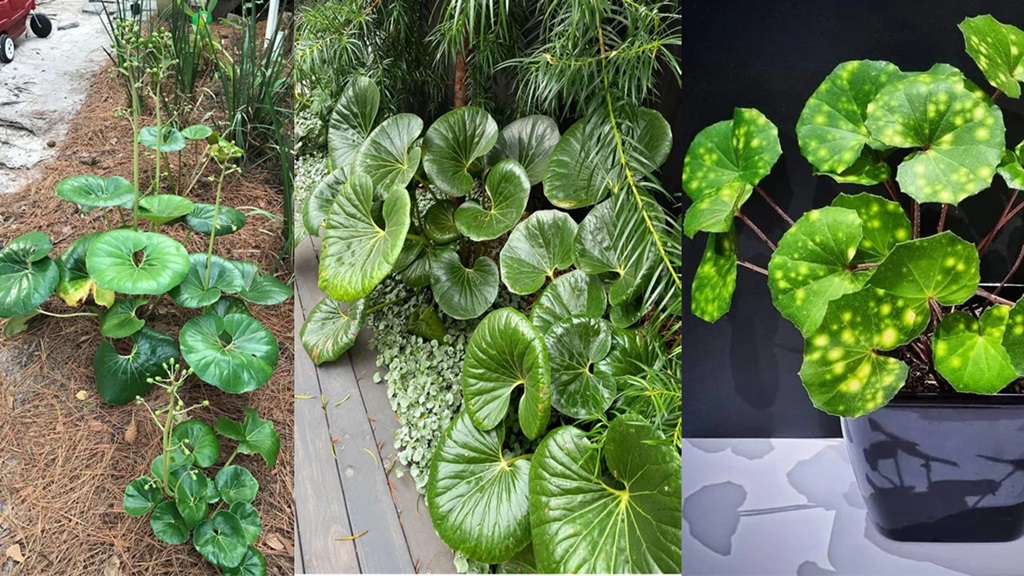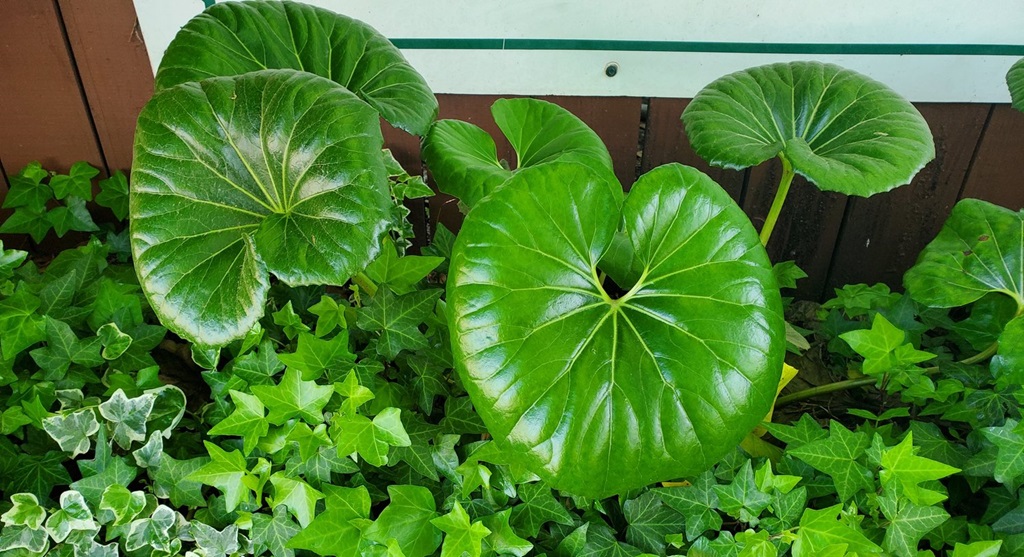How to Plant Tractor Seat Plant in Backyard

If you’re looking to add a touch of elegance and nature to your outdoor space, planting the Tractor Seat Plant in your backyard is worth considering. These plants can be a fantastic addition to any garden, and they are relatively easy to grow and care for. Before you start planting, it’s essential to understand what Tractor Seat Plants are and why they might be an excellent choice for your backyard. Imagine sitting in your backyard, sipping your favorite coffee, surrounded by the lush beauty of Tractor Seat Plants. This guide will provide you with all the information you need to plant and care for these lovely green companions.
What is the Tractor Seat Plant?
The Tractor Seat Plant, scientifically known as Ligularia, is a stunning perennial that gets its nickname from its large, round leaves that resemble the seats you’d find on old tractors. These leaves can grow to be quite enormous, making a bold statement in any garden. With its bright yellow or orange daisy-like flowers, the Tractor Seat Plant adds a splash of color that’s hard to miss. It’s not just a plant; it’s a work of art that nature has crafted for your garden.
Why Plant Tractor Seat Plants in Your Backyard?
You might be wondering, why should you bother with these unique plants. Well, here are a few good reasons:
- Eye-catching Foliage: Tractor Seat Plants are known for their gigantic, eye-catching leaves that add drama and texture to your garden. If you’re looking for something that’s not your run-of-the-mill greenery, these plants are for you.
- Vibrant Blooms: Those striking yellow or orange blooms we mentioned earlier are a magnet for bees and butterflies. Your garden will be buzzing with life in no time.
- Low Maintenance: Tractor Seat Plants are relatively easy to care for, making them an excellent choice for both novice and experienced gardeners.
- Shade Tolerance: Do you have a shady spot in your backyard? Tractor Seat Plants thrive in partial shade, so you can fill that overlooked area with their stunning presence.
- Long Blooming Period: These plants provide color and interest for months, not just a few weeks. They’re like the gift that keeps on giving.
Now that you’re convinced that you need Tractor Seat Plants in your backyard let’s dive into the nitty-gritty of how to plant and care for them:
Planting Your Tractor Seat Plants
Step 1: Choose the Right Spot Just like real estate, it’s all about location, location, location. Tractor Seat Plants love partial shade, so find a spot in your backyard where they can bask in dappled sunlight. Ensure the soil is well-draining and rich in organic matter.
Step 2: Prepare the Soil Before planting, work some organic compost into the soil. This will give your Tractor Seat Plants a nutritious start. These plants like their soil is consistently moist but not waterlogged.
Step 3: Dig a Hole Dig a hole that’s about twice the size of the plant’s root ball. Make sure it’s deep enough to accommodate the roots without bending or crowding them. Remember, these are large plants, and they need space to grow.
Step 4: Plant It Right Gently remove the plant from its container and place it in the hole. The top of the root ball should be level with the soil’s surface. Fill in the hole with soil and pat it down gently.
Step 5: Watering and Mulching Give your newly planted Tractor Seat a good drink of water to help settle the soil. Then, add a layer of mulch around the base of the plant to help retain moisture and keep those big leaves happy.
Caring for Your Tractor Seat Plants
- Watering: Keep the soil consistently moist. Tractor Seat Plants don’t like to dry out completely. A good rule of thumb is about an inch of water per week, whether from rain or your trusty garden hose.
- Fertilizing: These plants are not heavy feeders, but a balanced, slow-release fertilizer in spring can give them a little boost.
- Pruning: Remove dead or damaged leaves and spent flower heads to encourage new growth and keep your Tractor Seat Plant looking its best.
- Division: Over time, your Tractor Seat Plant may get a bit crowded. You can divide it in the early spring or late fall to create new plants.
- Protection from Pests: Keep an eye out for slugs and snails, as they can be attracted to the large, succulent leaves of the Tractor Seat Plant. There are safe ways to deal with these critters without harming your plant.
Conclusion
If you are a gardening enthusiast and looking to add some unique foliage and stunning blooms to your outdoor space, then Tractor Seat Plants are a great choice. With this comprehensive guide, you can learn how to plant and care for these plants in your backyard. They are sure to add a touch of elegance to your garden and provide endless joy for both you and nature. So, why not get started and embark on a gardening adventure with Tractor Seat Plants?
Frequently Asked Questions
Q1: Can I plant Tractor Seat Plants in full sun?
A1: While Tractor Seat Plants prefer partial shade, they can tolerate some morning sun. Just be cautious of the intense afternoon sun, as it can scorch the leaves.
Q2: How often should I water my Tractor Seat Plant?
A2: Aim for about an inch of water per week. Water when the soil starts to feel dry but don’t let it dry out completely.
Q3: Can I grow Tractor Seat Plants in a container?
A3: Yes, you can grow them in large containers with well-draining soil. Just make sure the pots are big enough to accommodate their root system.
Q4: Do Tractor Seat Plants attract pollinators?
A4: Absolutely! The vibrant yellow or orange flowers are a magnet for bees and butterflies, making your garden a pollinator paradise.
Q5: When is the best time to divide Tractor Seat Plants?
A5: Early spring or late fall is the best time to divide them. This helps rejuvenate the plant and gives you the opportunity to expand your garden.

